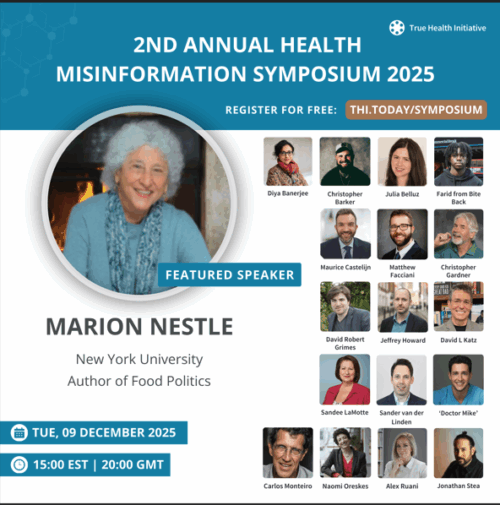Melamine in coffee creamer? An update
It’s not easy to keep up with the widening scandal over melamine-tainted infant formula, although Wikipedia is a big help. The New York Times has a full page on it today. Yesterday, the FDA recalled a bunch of instant coffee and tea drinks because their creamers might be contaminated with melamine. And UNICEF and the World Health Organization issued a joint statement warning mothers not to use Chinese infant formula. Breastfeeding, they point out forcefully, is still the best way to feed infants.
All this reminds me of the unsanitary history of milk adulteration in the United States. By the 1850s, health officials were complaining about the widespread practice of feeding nutritionally deficient swill to cows and watering down milk with magnesia, chalk, plaster of Paris and anything else to make it look creamy, never mind the effects on infants. As a result of efforts by the New York Academy of Medicine, New York passed a state anti-adulteration law in 1862. The 1906 Food and Drug Act laid the groundwork for eliminating most such problems, which is one of the reasons why I think national food safety regulation–with inspection and testing–is so badly needed.
What the Chinese are doing isn’t new. It’s just that in today’s globalized food economy, bad actions do more damage, and worldwide at that.
Postscript: About the recalled White Rabbit candies. Former Premier Zhou Enlai liked them so much that he gave them to President Nixon on his visit to China in 1972.


